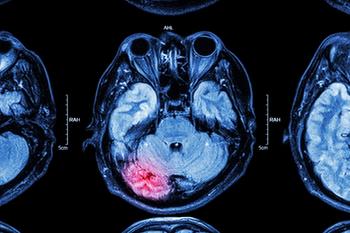
A deep learning model was developed to detect intracranial hemorrhage in computed tomography scans without medical annotation.
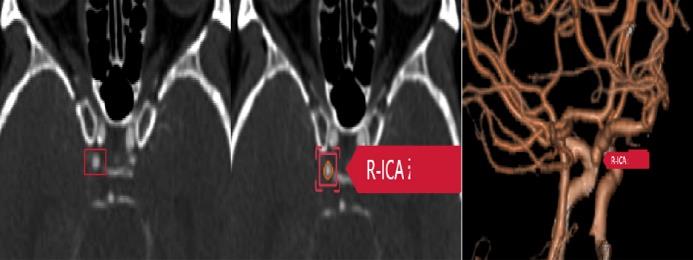
Could AI Improve Detection of Intracranial Aneurysms on CT Angiography?

A deep learning model was developed to detect intracranial hemorrhage in computed tomography scans without medical annotation.
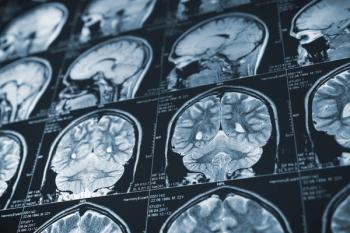
Study findings have the potential to widen the indication for treating patients in the extended window using simpler and more widespread non-contrast CT.
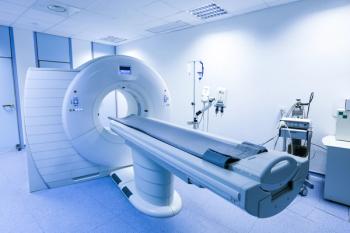
Diagnostic Imaging sat down with medical physicist and CT expert Cynthia H. McCollough, PhD, to learn more about the history of CT and its expanding potential in medical imaging.
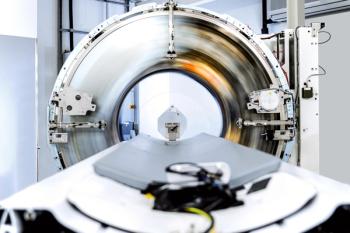
The approval represents the first major technological advance in CT in nearly a decade.
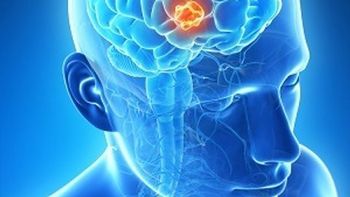
Combination can also help patients avoid unnecessary invasive procedures.
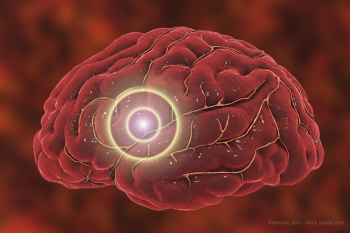
Use of head and neck CTA has increased significantly among commercially insured and Medicare Advantage patients.

Implementing routine use of these techniques could offer the most opportunity for assessment, but there are risks to doing so.
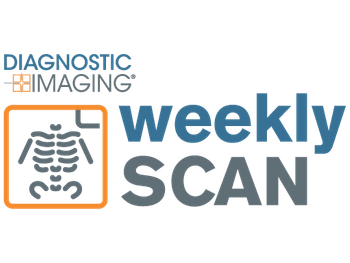
Take a quick look at Diagnostic Imaging's Top 5 stories of the week.
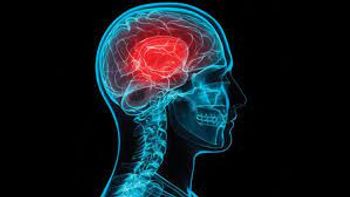
Brain imaging findings correlate with recovery prognosis and long-term injury.

Drs. Charles Liu and Jonathan Russin discuss the benefits and potential of fPACT, the alternative to functional MRI.

Take a quick look at Diagnostic Imaging's Top 5 stories of the week.
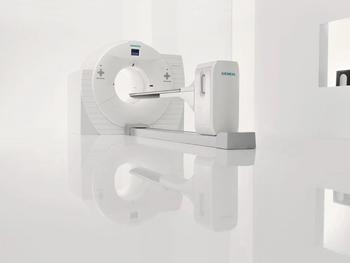
Patients with mild cognitive impairment who take lipophilic statins have a more than doubled risk of progressing to dementia.

Here's what to expect this week on Diagnostic Imaging.
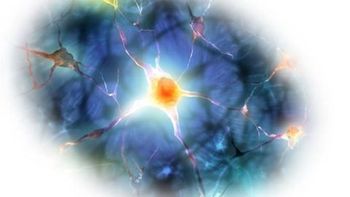
Using an external tracking device can lead to super-resolution that can potentially improve neurological disorder detection.

Take a quick look at Diagnostic Imaging's Top 5 stories of the week.
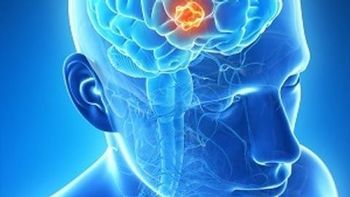
Patients who have their disease detected with low-dose CT have a half-fold risk of brain metastasis than patients screened with other methods.
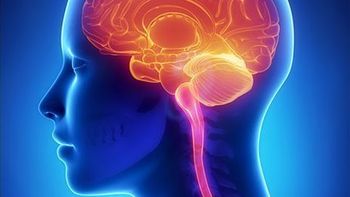
Homeless patients suffering from seizures undergo more CT scans, largely due to lack of access to chronic care, leading to a higher radiation dose and cancer risk.

CT scans show patients infected with the virus who are intubated or who experience fever have lower gray matter volume in the frontal-temporal lobe.

BU99008 traces reactive astrogliosis, a marker that provides early, rapid Alzheimer’s detection.

What is this seen post bypass surgery along the aorta?

Study finds clinically significant percentage of patients with metastatic renal cell carcinoma develop asymptomatic brain metastases.
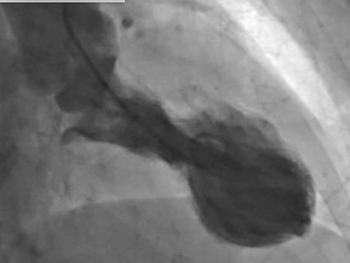
Increased stress-related brain activity in the amygdala can increase a patient's risk for Takotsubo syndrome.
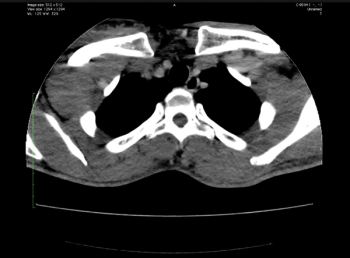
What is your diagnosis for a patient who presents with increasing size of neck and shoulder region?

These radiopharmaceuticals are less expensive, and they offer longer half-lives.
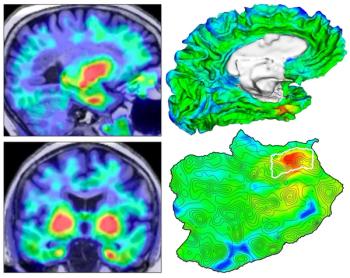
Identification of tau’s point of origin can potentially lead to improved treatments and intervention design.